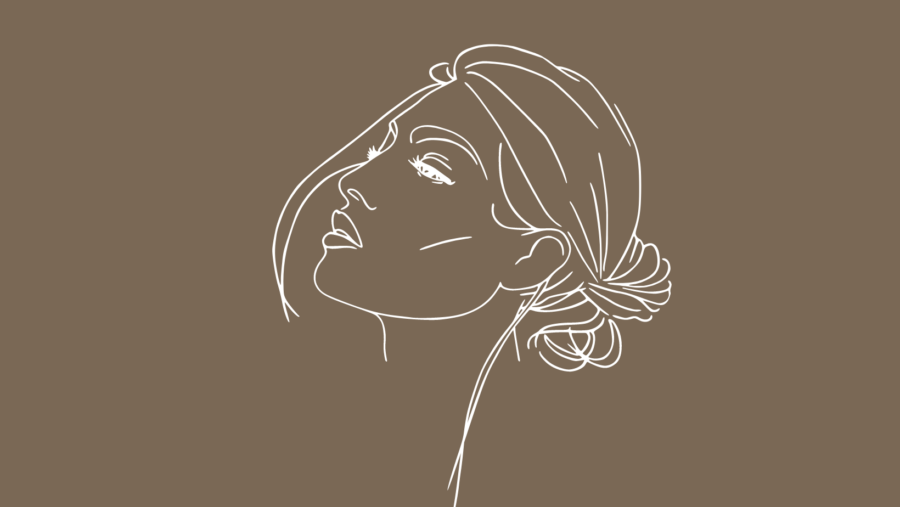Rhinoplasty (Nose)
Contents
What is a rhinoplasty?
Rhinoplasty, also known as nose surgery, is a surgical procedure performed by our Specialist Plastic Surgeons in Perth to reshape the nose by changing its appearance. It can also be used to correct birth defects, deformities resulting from injury, or alleviate nasal obstruction.
This procedure may be undertaken for aesthetic (cosmetic) reasons or medical/functional purposes, subject to strict eligibility criteria set by Medicare.
Please note, rhinoplasty surgery outcomes may vary based on individual anatomical and biological differences between genders. Male and female faces have distinct characteristics, such as variations in skin thickness and bone structure. These factors can pose unique challenges when performing nose surgery on men and may require additional expertise to achieve desired results. At our practice, we only provide initial rhinoplasty surgery – no revision surgery. We also only perform this surgery on females of any age and males under 25 years of age.
What factors may influence the consideration of rhinoplasty surgery?
Rhinoplasty surgery offers the potential to address the following concerns:
- Straightening of a crooked nose
- Altering nasal symmetry (keeping in mind perfect symmetry may not always be possible)
- Altering the size of the nose
- Restoring height to a flattened area of the nose
- Modifying the appearance of the nasal tip
- Reducing the size of larger nasal openings
- Correcting a hump deformity
- Adjusting the nose’s appearance in relation to the upper lip
- Addressing birth defects
- Repairing damage caused by injury, or disease such as infection or cancer
- Improving nasal passages and enhancing breathing (often combined with septoplasty – surgery on the nasal septum)
Is nose surgery right for me?
When considering a rhinoplasty procedure, it is crucial to schedule a consultation with a Specialist Plastic Surgeon. This initial step ensures open communication about your appearance goals and expectations. Your surgeon will conduct a comprehensive examination and attentively listen to and address your concerns. They will then discuss the most appropriate options for your individual circumstances. Your surgeon will also conduct a thorough assessment of your nasal structure to ensure that surgery does not hinder your ability to breathe properly. In some cases, certain procedures may not be recommended to maintain optimal respiratory function.
It’s important to understand that nose surgery can only work within the constraints of your existing bone and cartilage structure. While improvements can be made, there are limits to how much the shape of your nose can be altered. It is crucial to be aware that nose surgery should only be considered once the facial and nasal bones have fully matured. Typically, the nose reaches its final shape by around 17 years of age for males and 16 years for females. Performing nose surgery while the nose is still growing can disrupt its normal development and yield unpredictable results.
How is rhinoplasty surgery performed?
The procedure will vary depending on individual physical features and the surgeon’s professional assessment. Typically, incisions are made inside the nostrils, allowing for bone and cartilage reshaping and trimming. Additionally, external splints and internal nose packs might be utilised during the process.
The surgery is performed in Perth in a fully-accredited hospital under general anaesthesia. The surgery can be performed as a day procedure or alternatively with a short hospital stay, depending on your general health and the extent of the procedure. The procedure usually takes one to two hours.
Are there any risks and complications of rhinoplasty surgery?
All plastic, cosmetic and reconstructive surgical procedures come with risks and potential complications. To ensure successful surgery, it is crucial to understand and minimise these risks. Whilst all measures are taken to mitigate risks, some risks are unavoidable.
All information on this page is general in nature – your Specialist Plastic Surgeon will discuss the specific risks and complications pertinent to your individual surgical procedure during your consultation. General risks for surgery are listed here.
Specific risks related to rhinoplasty surgery include, but are not limited to:
- Pain: Pain may be severe and ongoing.
- Numbness: The nose may feel numb or have altered sensation after the bruising and swelling subside.
- Numbness in upper front teeth: The upper front teeth may feel numb temporarily.
- Unsatisfactory results: The nose’s appearance may be unsatisfactory and require revisional surgery however, the final appearance may take three to four months to be evident.
- Impairment of sense of smell: Sense of smell may be impaired, and in rare cases lost or distorted.
- Swelling: The nose may be slightly swollen for months.
- Darkening of skin under the eyes: Skin under the eyes may be darkened for a period of over six months.
- Weakening of underlying support structure: The underlying support structure of the nose may become weak and cause the nose to flatten.
- Extrusion of implant: An implant (if one was inserted) may extrude into the nose or through the skin.
- Narrowing of major airways: Major airways may become narrowed, causing difficulty in breathing through the nose.
Will the nose surgery procedure leave any scars?
Although your surgeon will make every effort to keep them as inconspicuous as possible, scars are the inevitable result of any surgery. Generally, incisions are made internally within the nose, ensuring that they remain hidden and inconspicuous. In certain cases, incisions may be necessary on the skin of the ‘columella’ or within the creases of the nostrils. However, it is important to note that any resulting scars are typically minimal and inconspicuous. Some patients have a tendency to develop keloid or hypertrophic scars and you should advise your surgeon if you are aware of this tendency in yourself.
What results can I expect from a rhinoplasty?
The degree of improvement varies based on the individual’s unique nose structure and skin characteristics. It’s important to note that changes may be subtle and not immediately apparent, as the objective is to achieve a shape that compliments your overall facial features. As a result, in some cases, only minor adjustments may be necessary.
When can I resume normal activities following nose surgery?
After nose surgery, your surgeon may recommend certain measures to protect your skin from the sun and aid in the healing process. In some cases, your nostrils may be packed with cotton or soft splints, and a splint may be taped to the outside of your nose to maintain its shape.
To facilitate healing, it is advised not to blow your nose for at least seven days and avoid rubbing your nose for a minimum of eight weeks. Additionally, it is crucial to protect your nose from sunburn and accidental knocks for a period of at least eight weeks.
Most patients typically can expect to return to work approximately two weeks after the procedure however activities such as heavy lifting, strenuous exercise, swimming, and strenuous sports should be avoided until your surgeon advises otherwise.
The timeline for resuming your normal activities depends on individual circumstances. Your surgeon will provide personalised guidance regarding your schedule and offer recommendations for protecting your skin from sun exposure.
It is important to emphasise that every patient’s recovery process requires sufficient time, support, and appropriate postoperative care. Healing abilities and pain tolerance may vary among individuals, leading to differences in the duration of recovery and the ability to participate in various activities.
How much does this procedure cost?
Please contact us online or call us on (08) 9380 0333 and one of our medical secretaries can provide you with more information. Please note that pricing does vary from case to case.
Where can I find more information?
The Australian Society of Plastic Surgeons (ASPS) website is a helpful and reliable source of information online. Their website is an excellent place to research a range of surgical procedures and non-surgical treatments, and view video animations.









